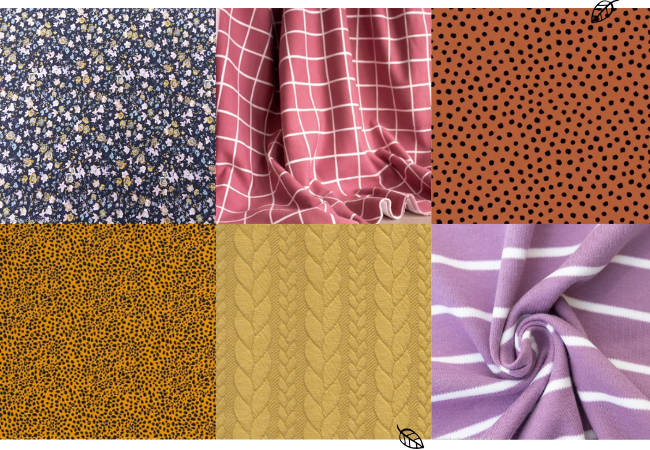
Period knickers convert? Fancy making your own eco-friendly pants for that time of the month?
Following lots of requests, we're going to show you how to DIY your own period pants using the Iris knickers sewing pattern, thanks to this guest post by the pattern's designer, Hannah of Evie La Lùve. If you'd like to learn more about making your own underwear, Hannah teaches our online video workshop Learn to Sew Knickers, with video lessons packed full of tips and tricks.
Over to Hannah!
Period pants have become increasingly popular over the last few years and while they may look like they require some magic fabrics and specialised equipment to make them, it is possible to DIY them! Making them yourself means you can create something tailored to your needs, whether that’s wanting to completely replace your disposable products for a more eco-friendly option, to use doubled up with a menstrual cup or tampons or for some comfy knickers to wear on those ‘due on’ days.

The Iris knickers sewing pattern is perfect for adapting into period pants, especially as you can choose your leg and waist heights to suit the coverage you want. You’ll need to use FOE to finish the leg openings but a narrow stretch lace trim can still be used for the waist opening, which you may find more comfortable, particularly with the aches and pains that go along with periods for a lot of us!
So how do they work? These period pants have two additional layers of specialised fabrics that sit between the lining and main fabric at the crotch area. They’re designed to wick moisture away from your body, absorb it and then stop it leaking through to the outside of your knickers and beyond.
Choosing your fabric

The first new fabric you will need is your absorbent material. There are a few options for this. I’m using a quilted bamboo ZorbⓇ but you can also use cotton ZorbⓇ, bamboo/cotton/hemp fleece or microfibre/bamboo/cotton terry towelling.

The second new fabric you will need is your waterproof material. You need a polyurethane laminated fabric, often referred to as a ‘PUL’ fabric. I’m using a bamboo fleece PUL material, which on the front (if you look closely) looks like a soft plush bamboo fleece, and on the back looks like it has a layer of clingfilm adhered to it. This is the waterproof barrier that will stop moisture from leaking out.







